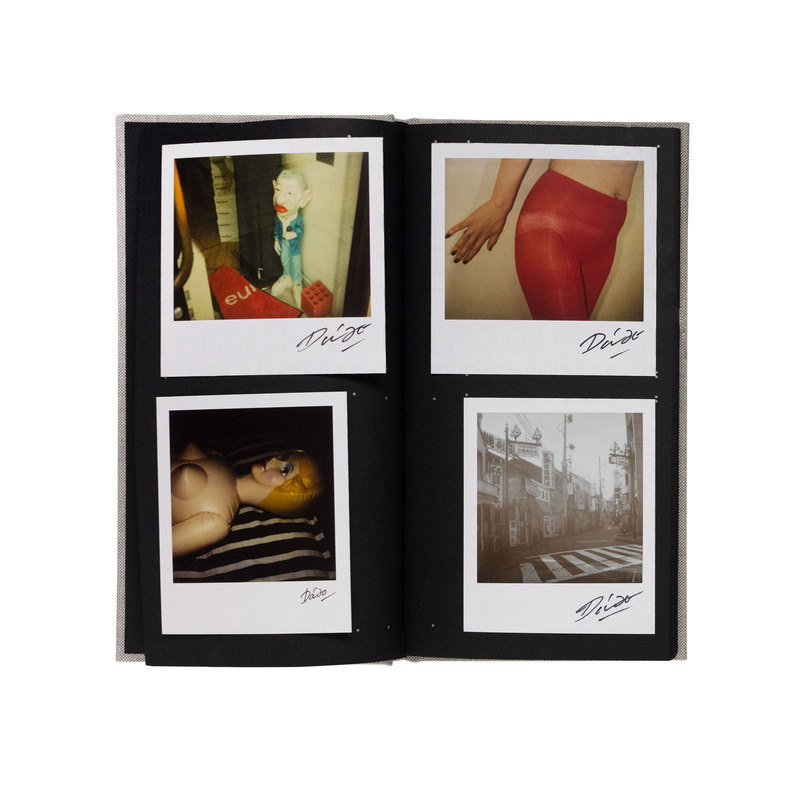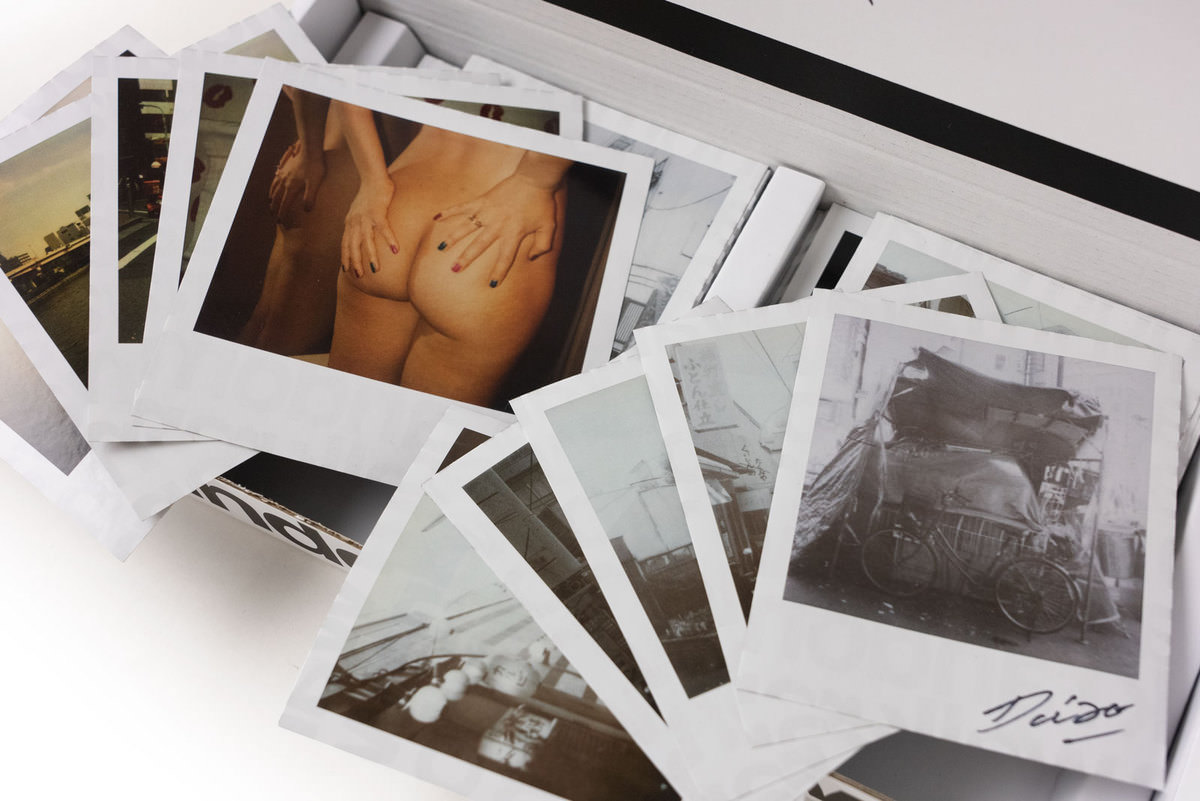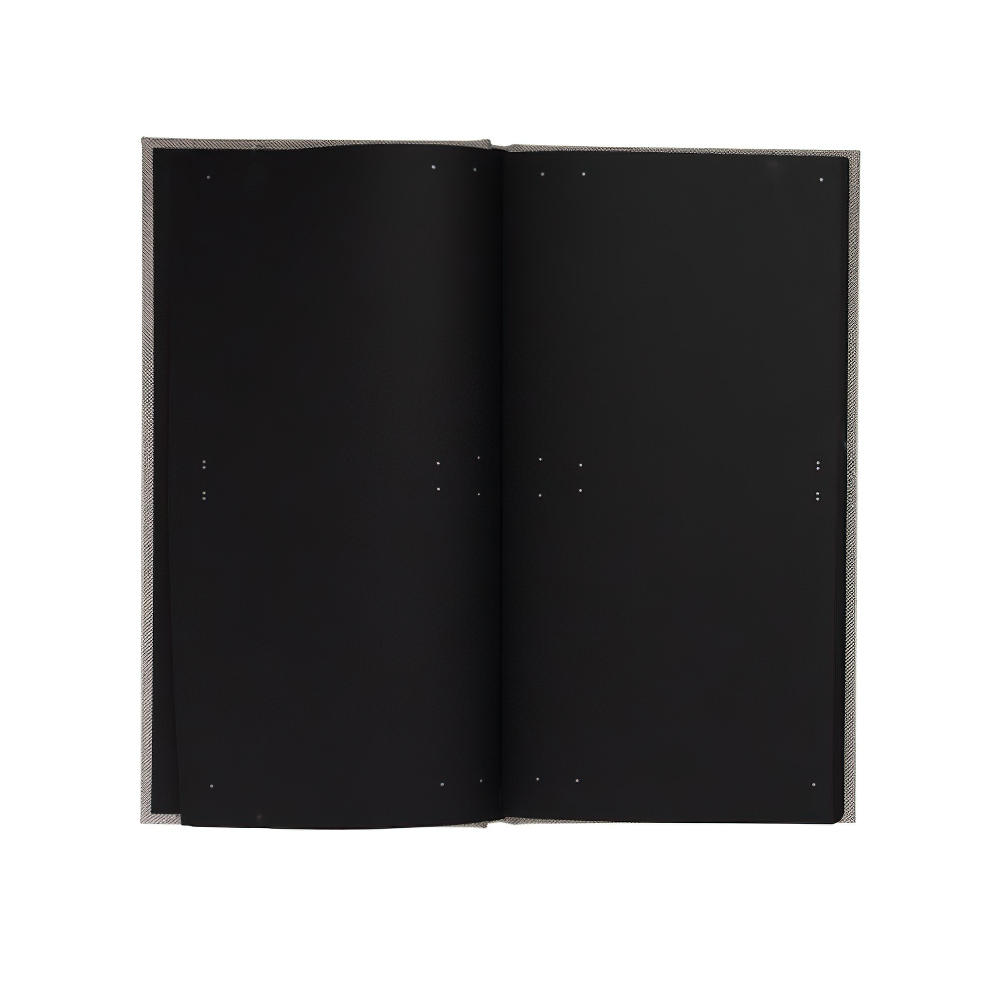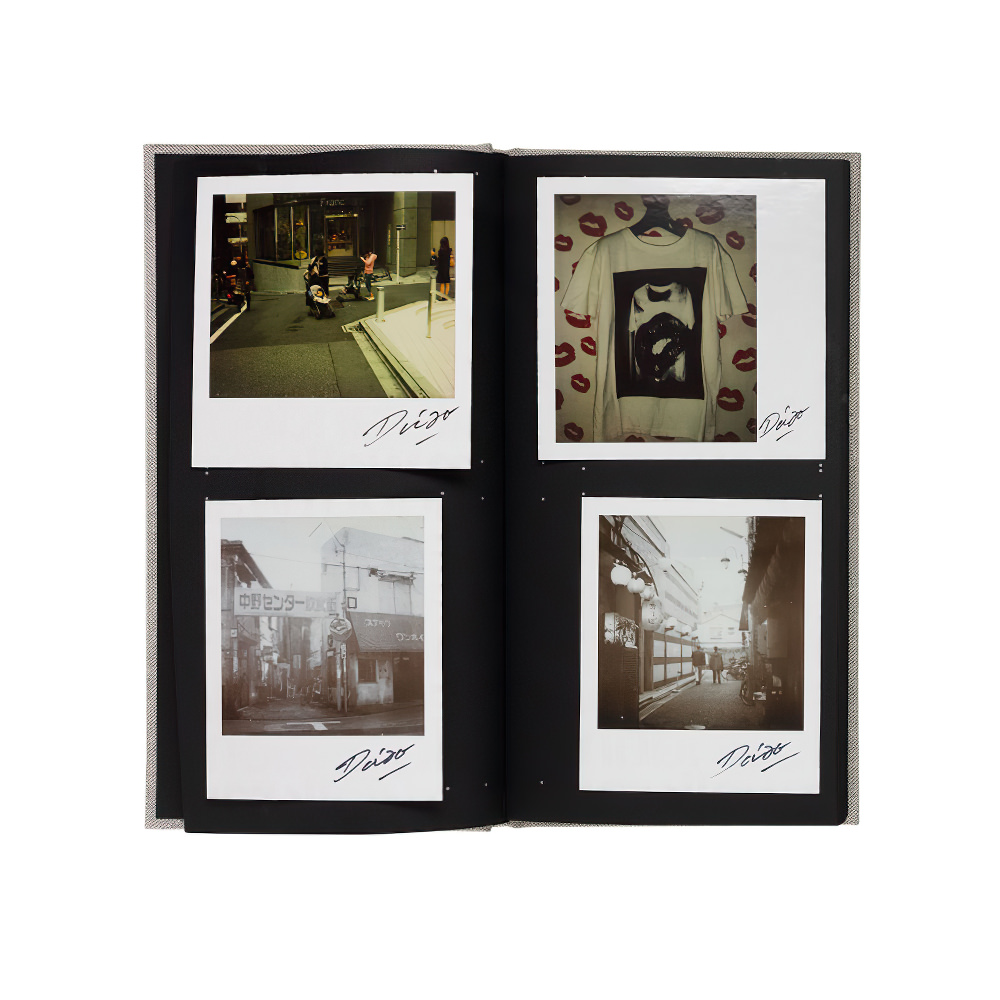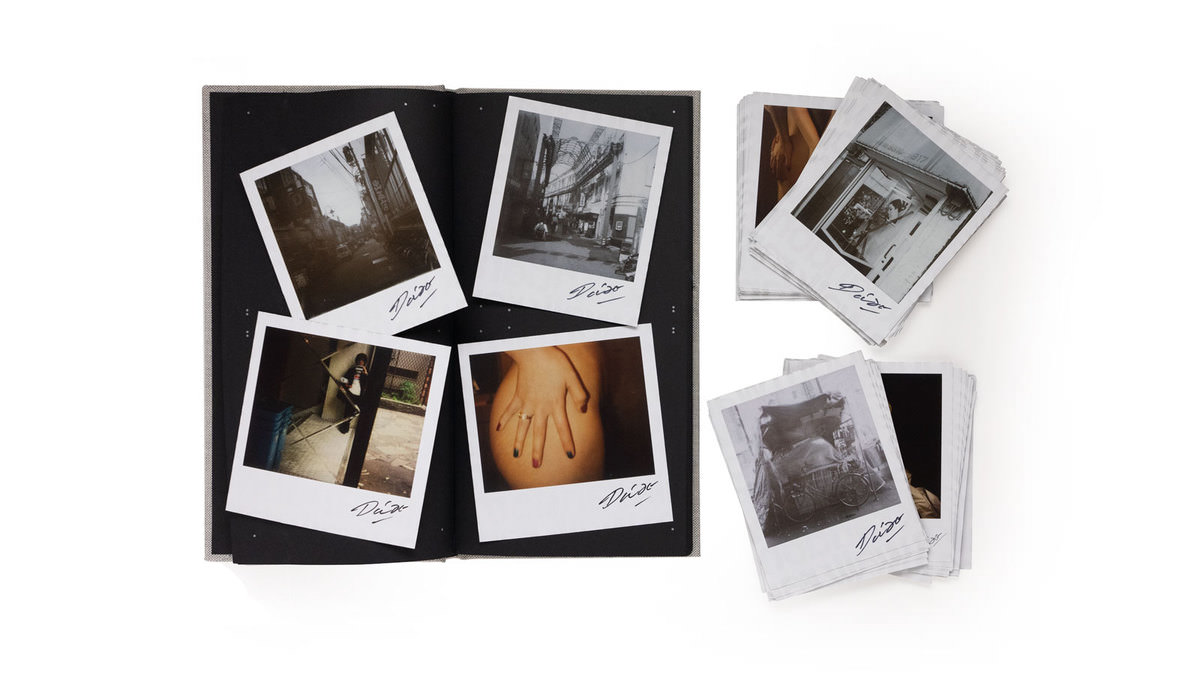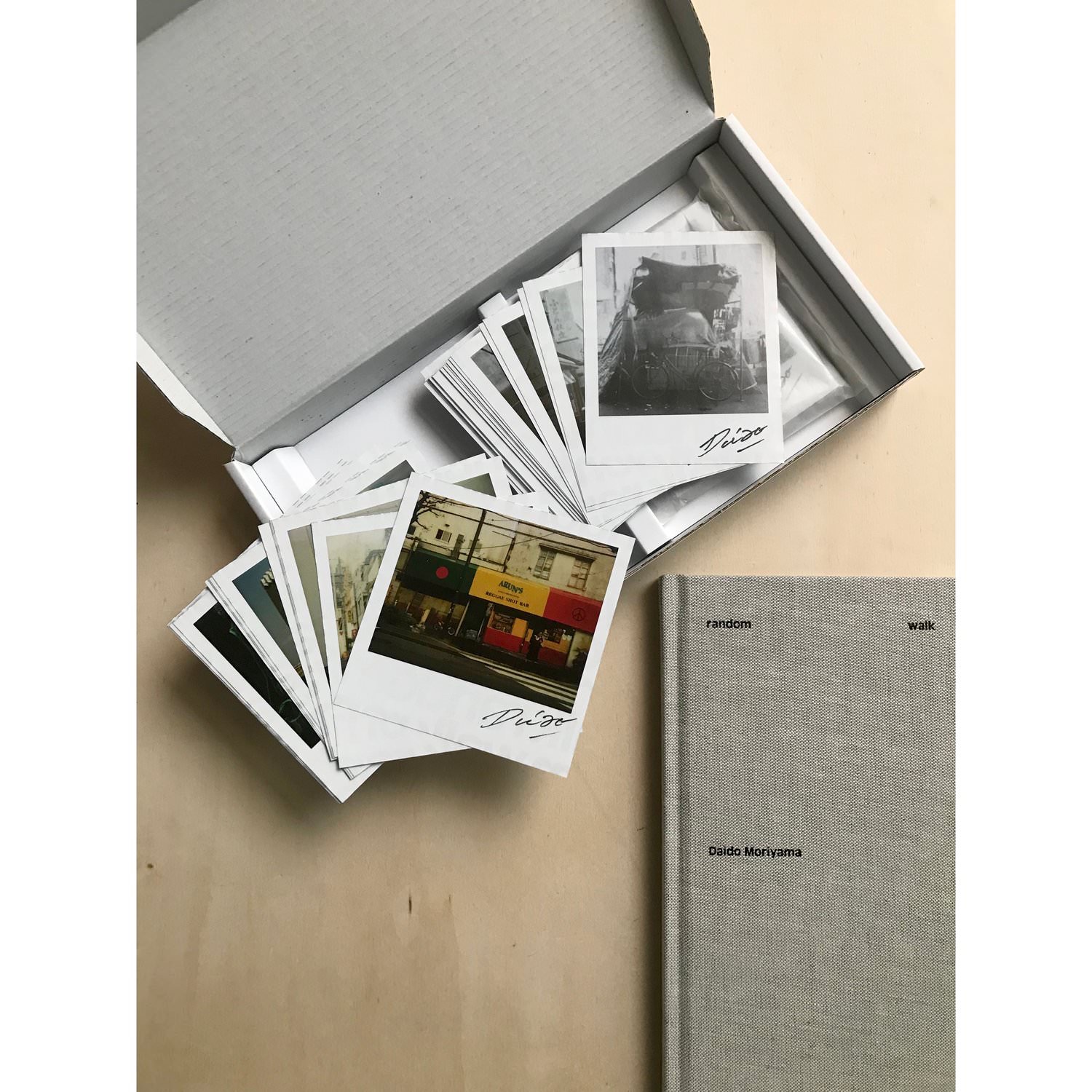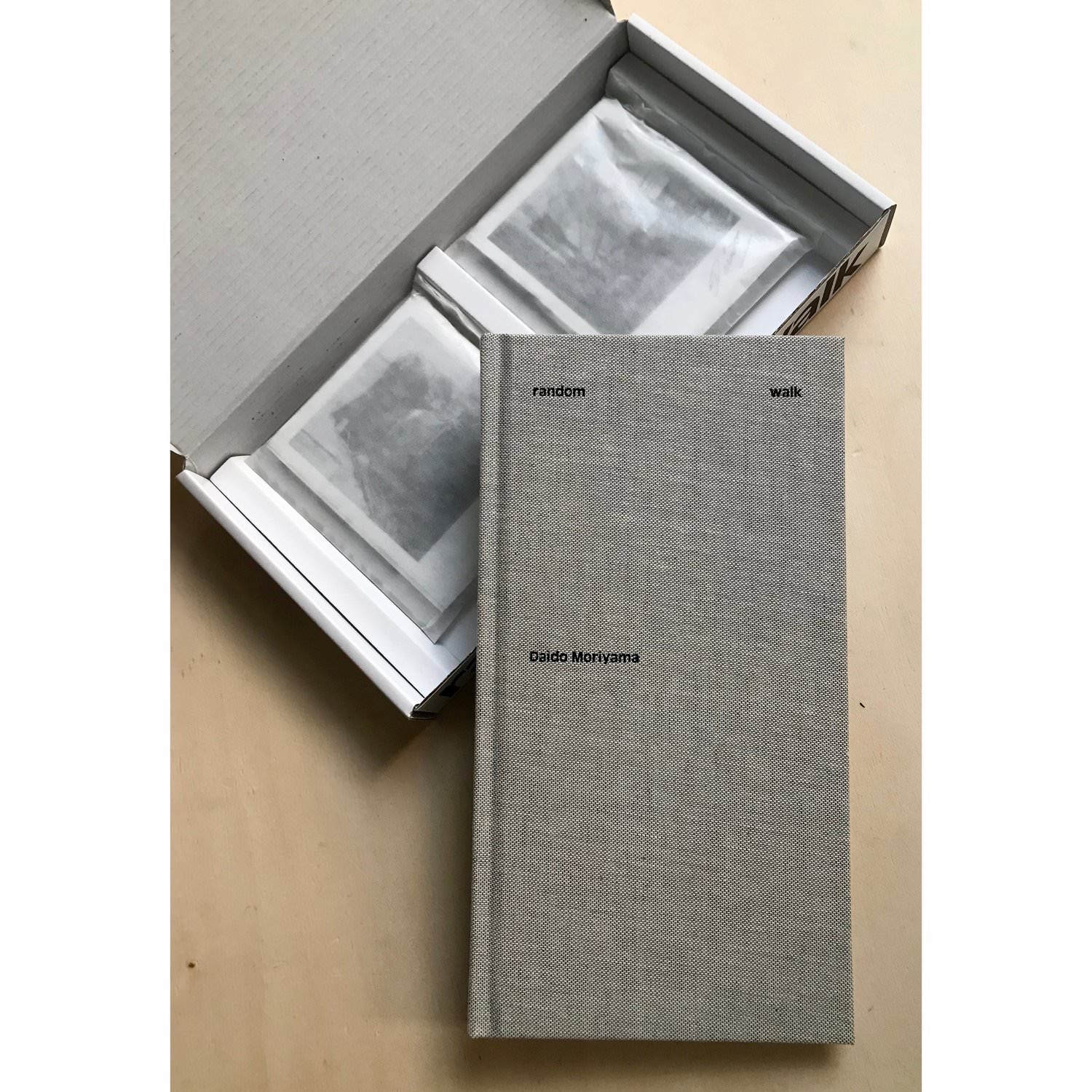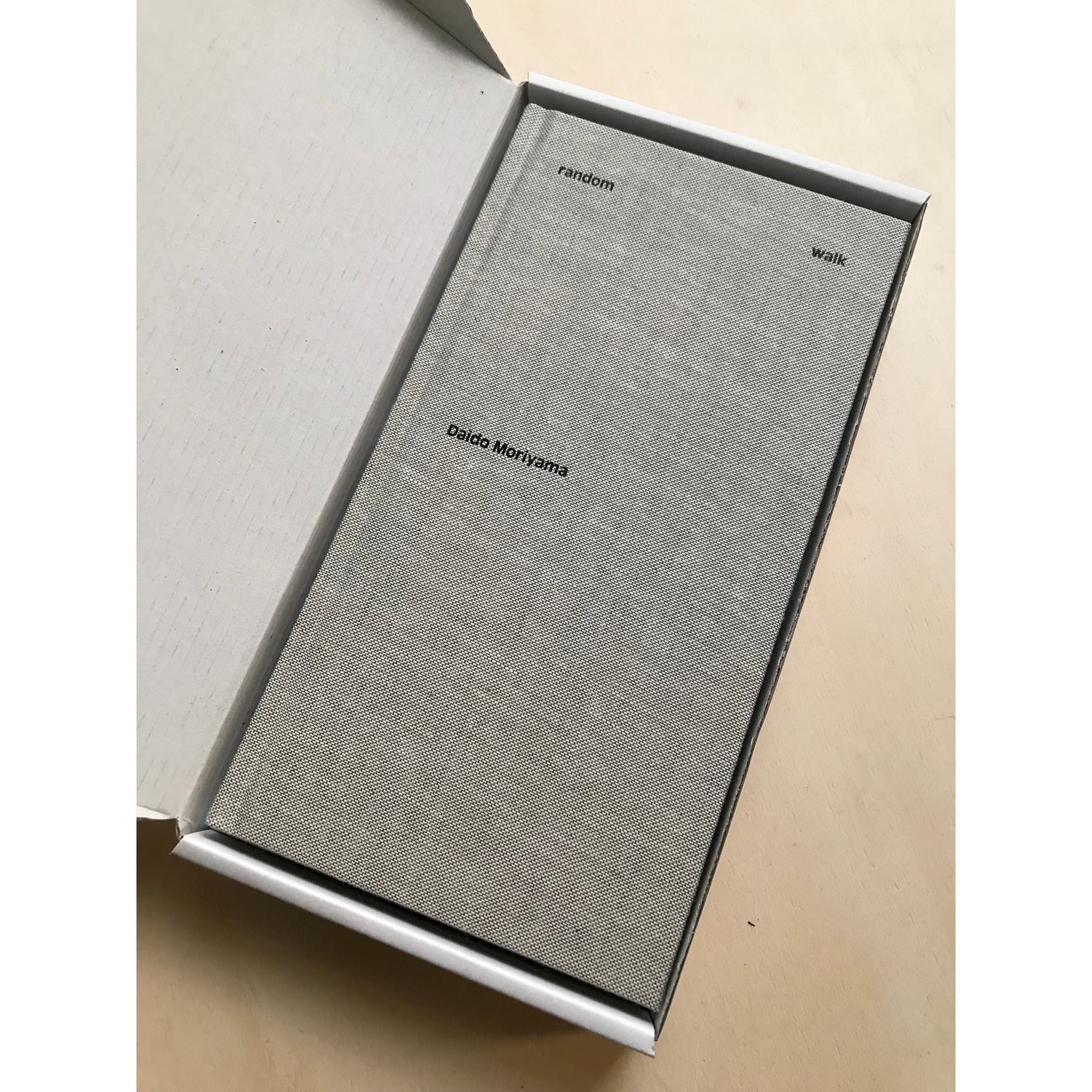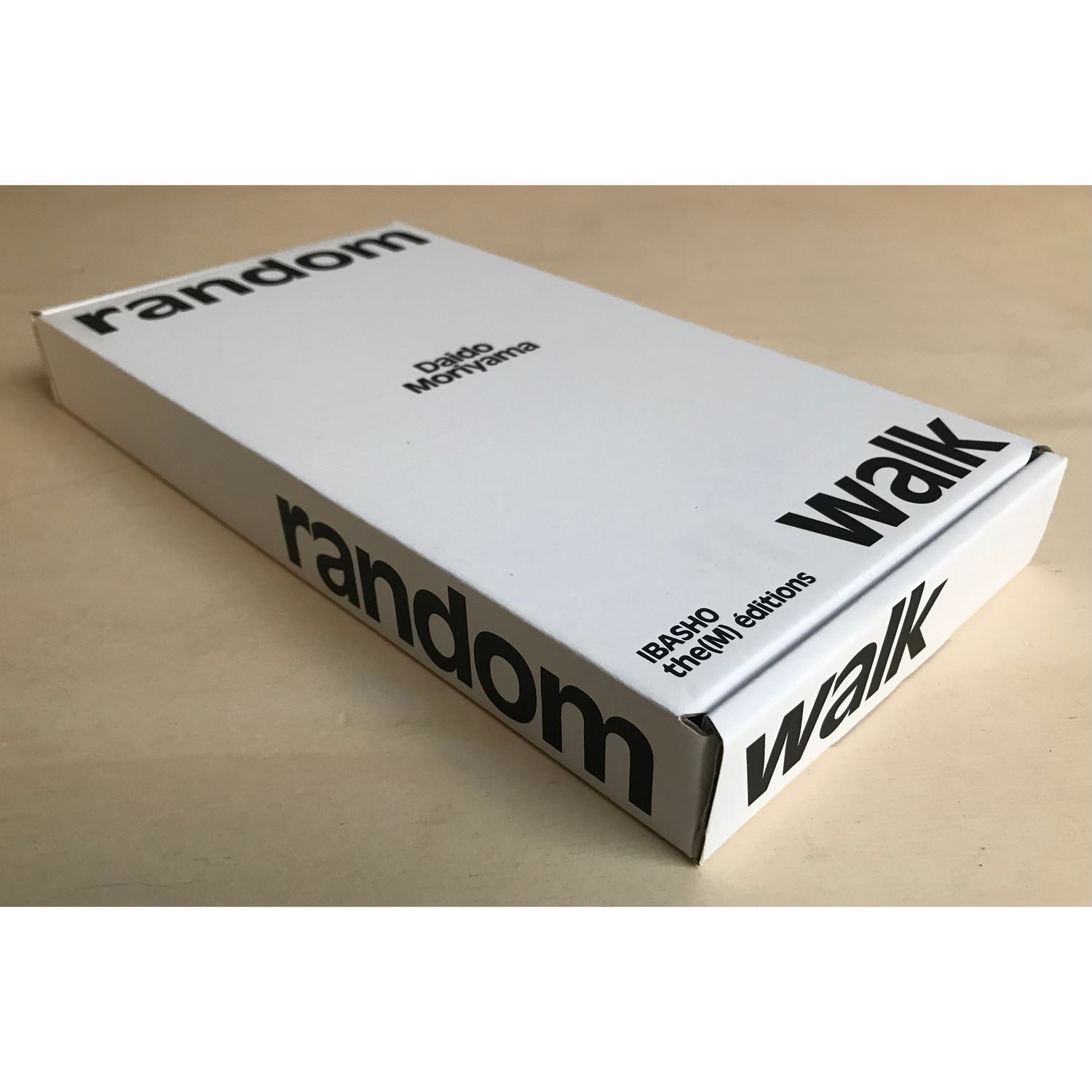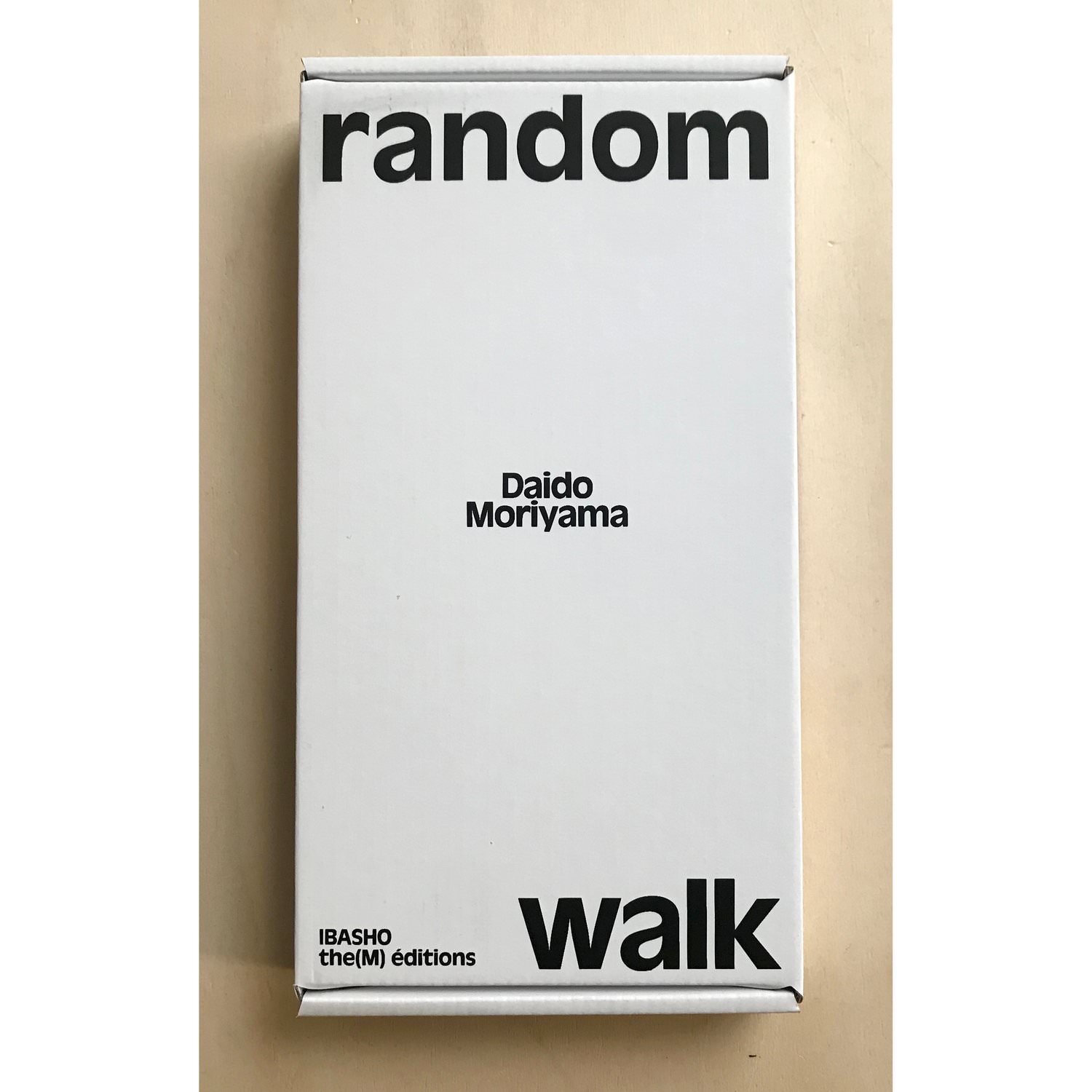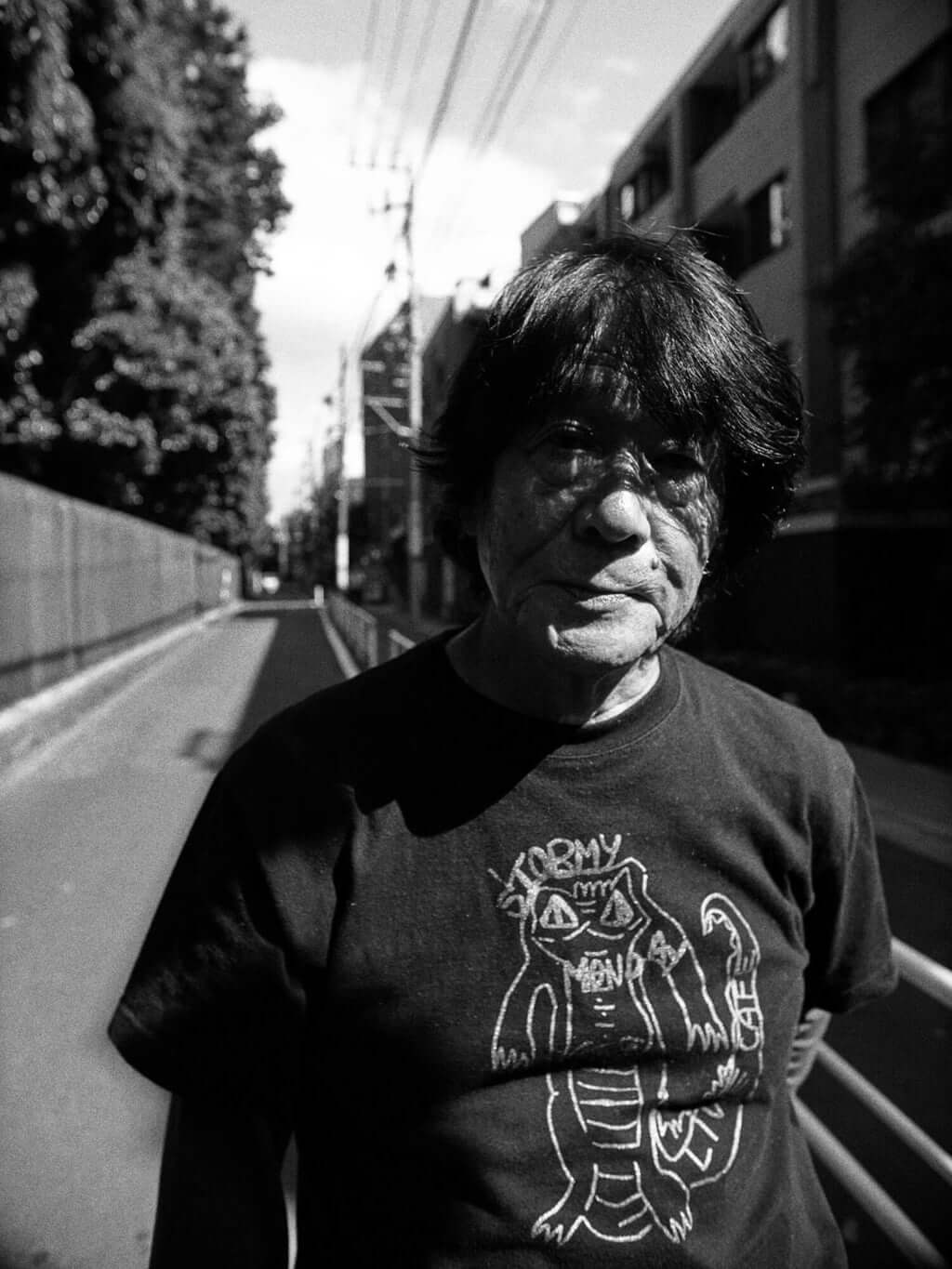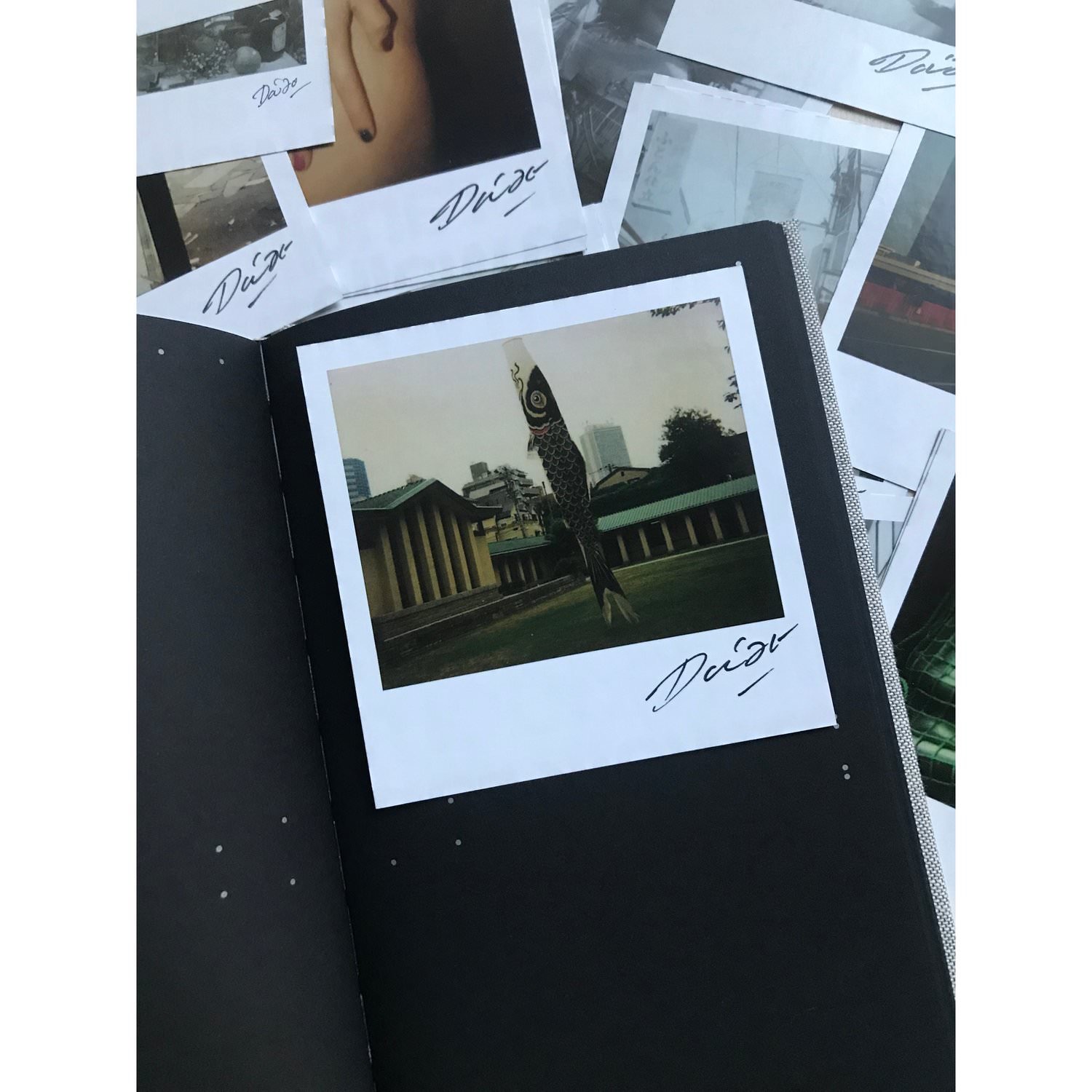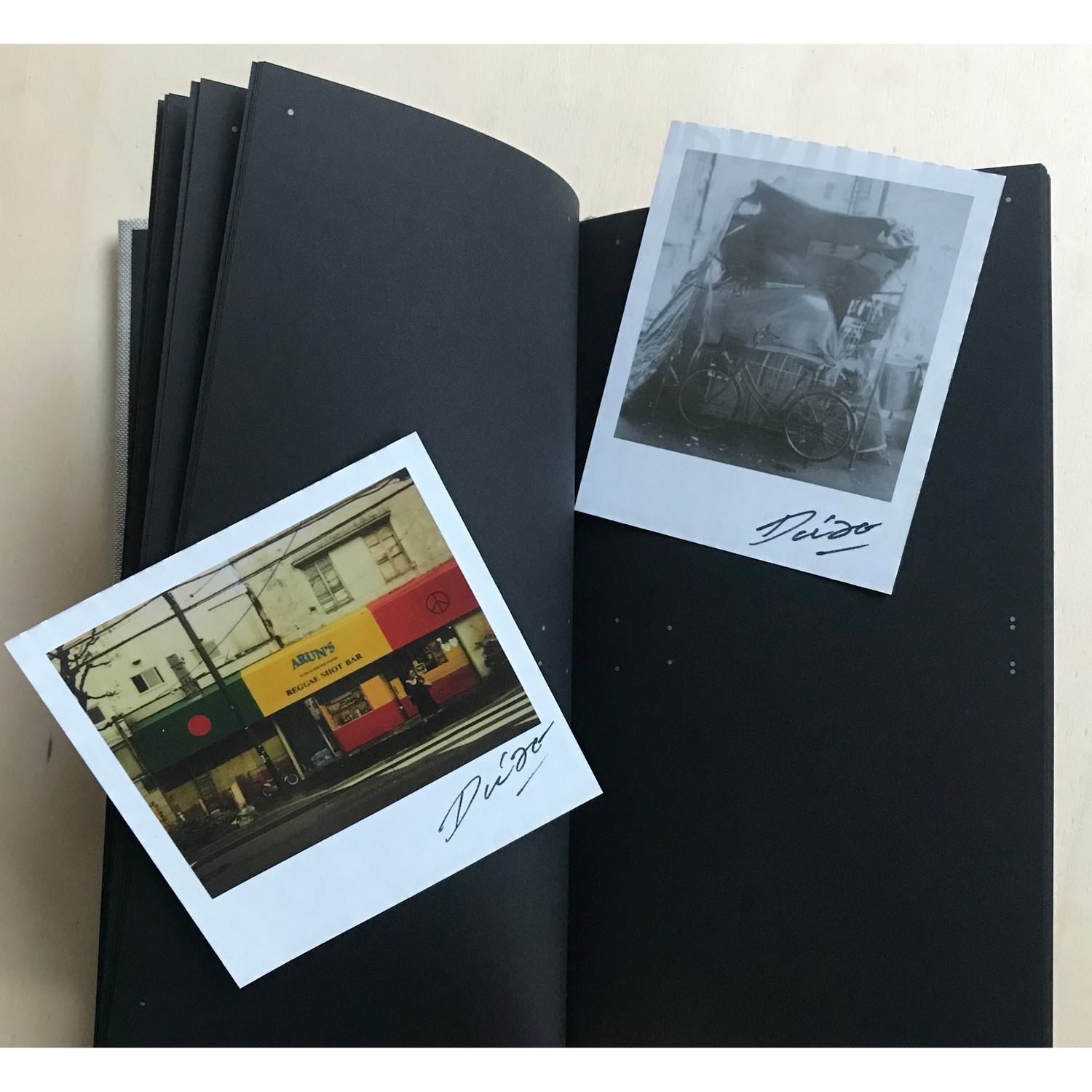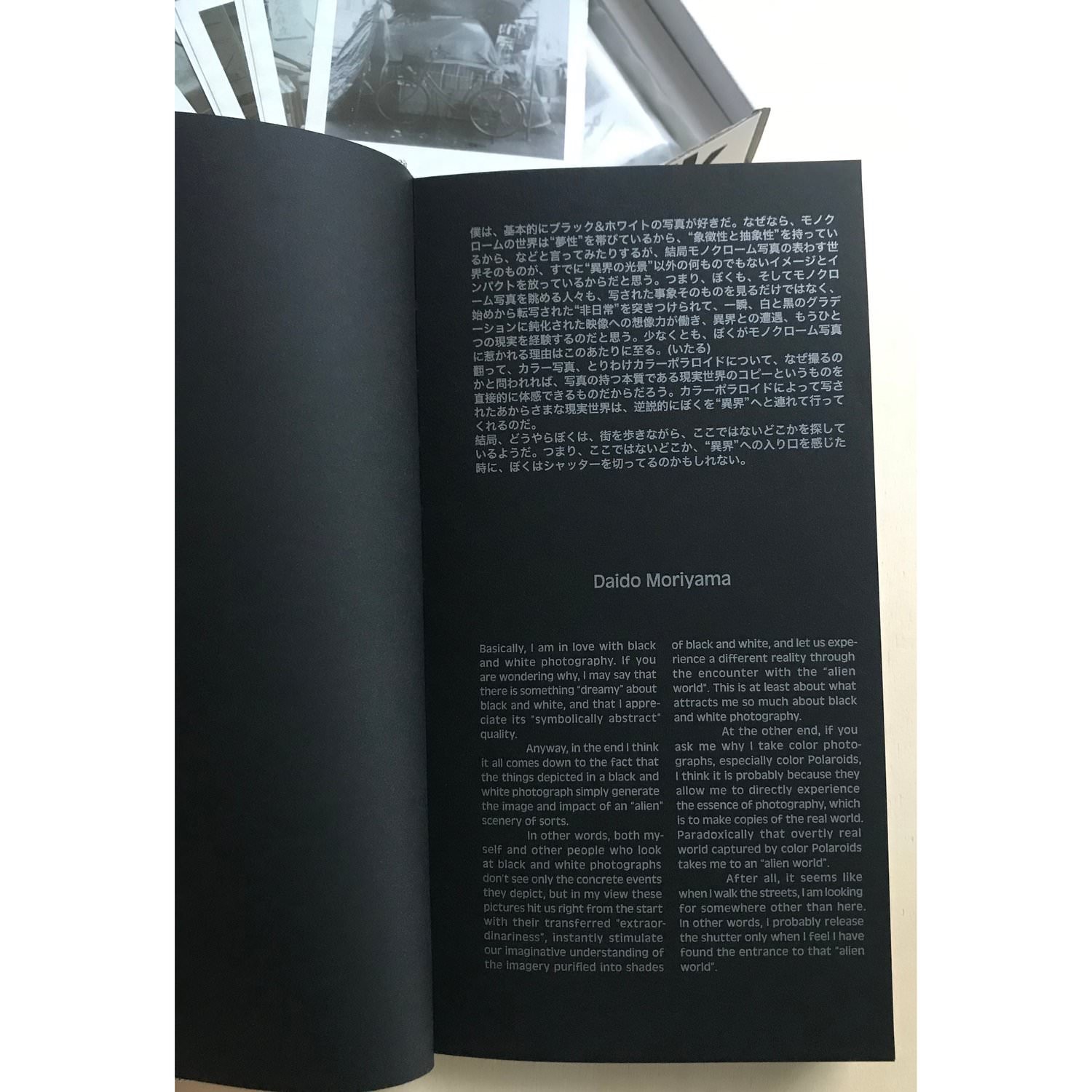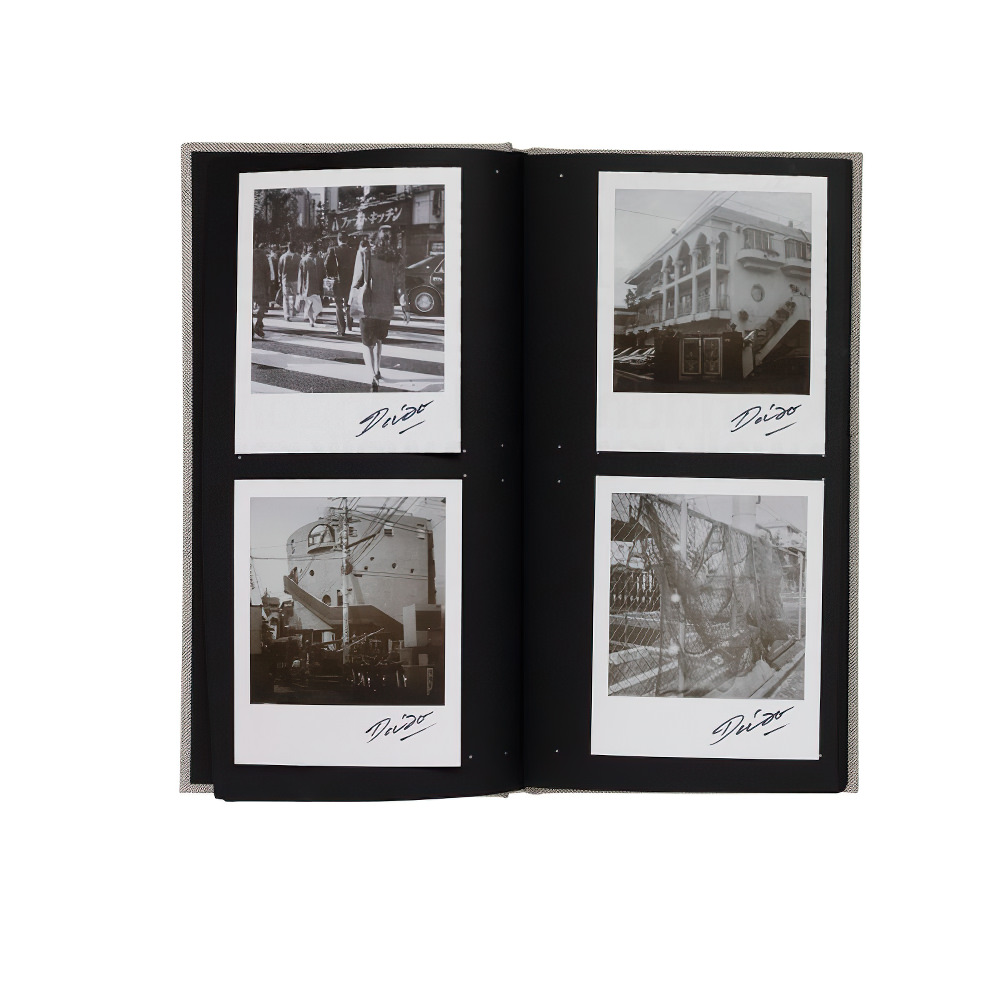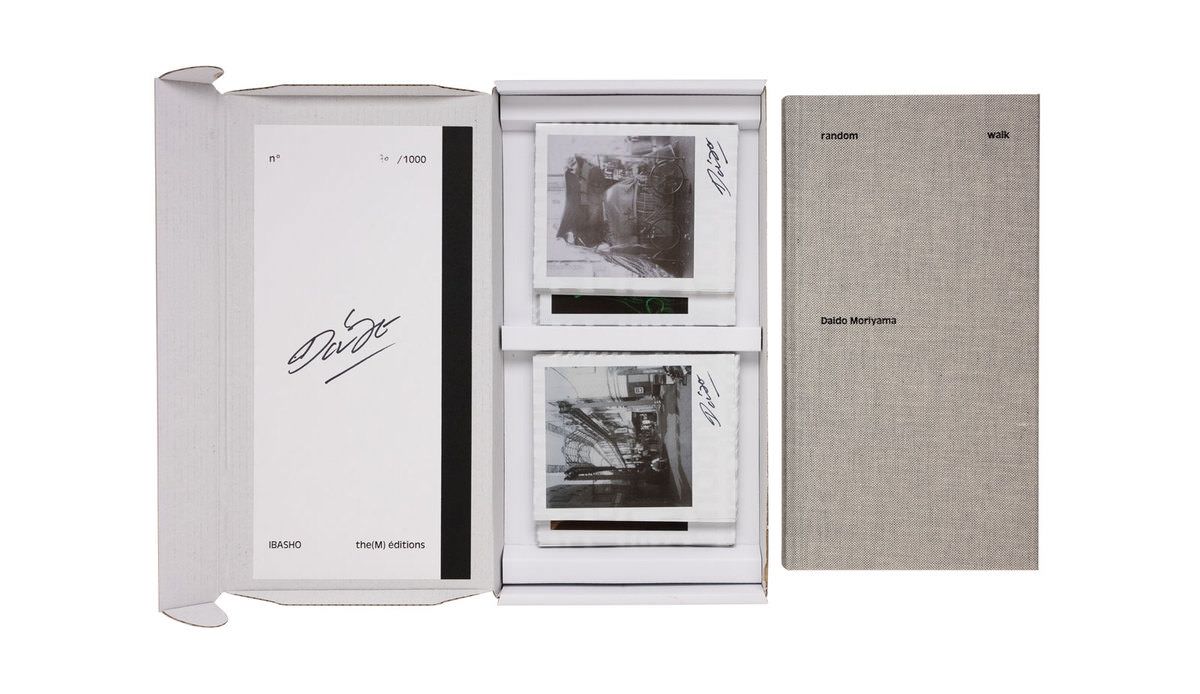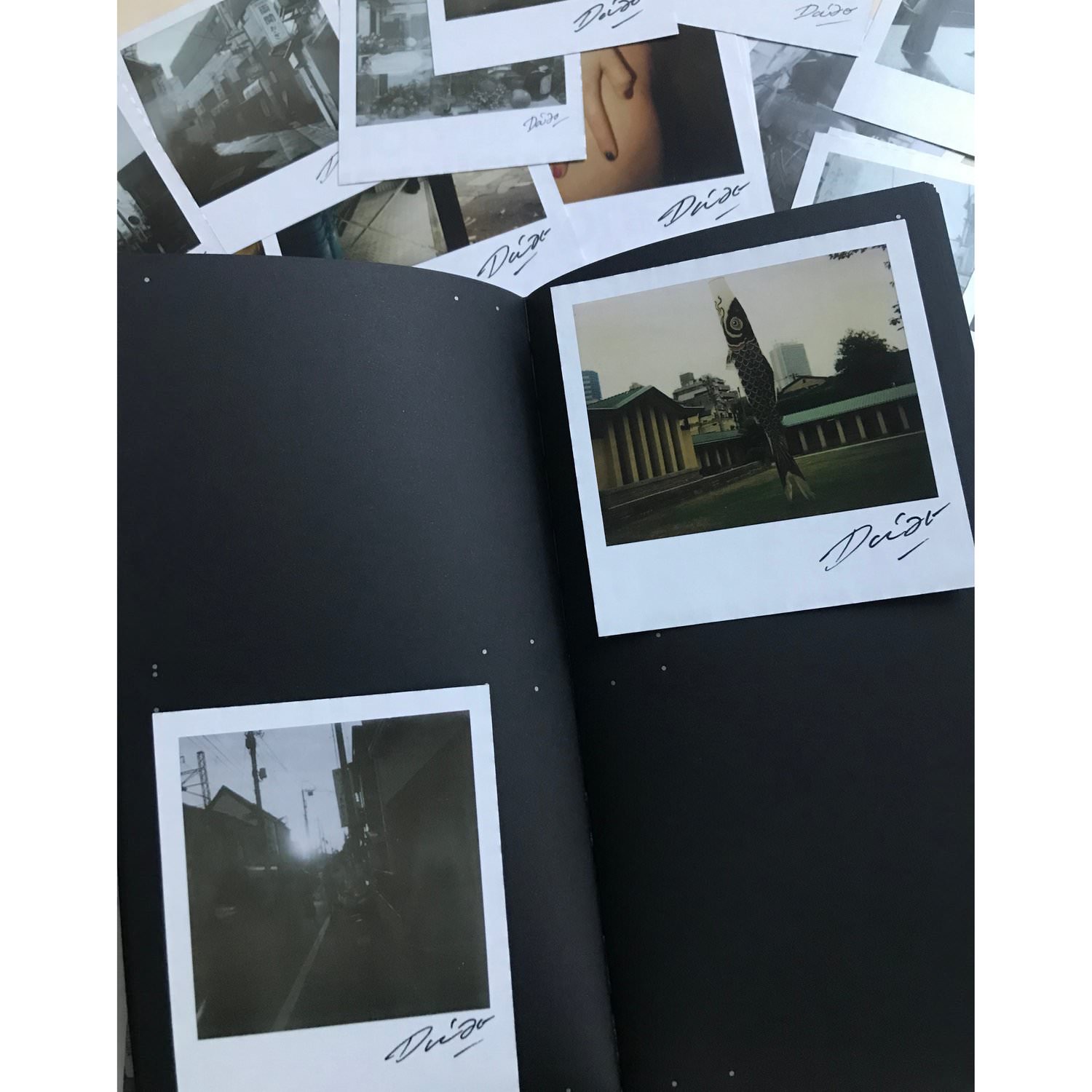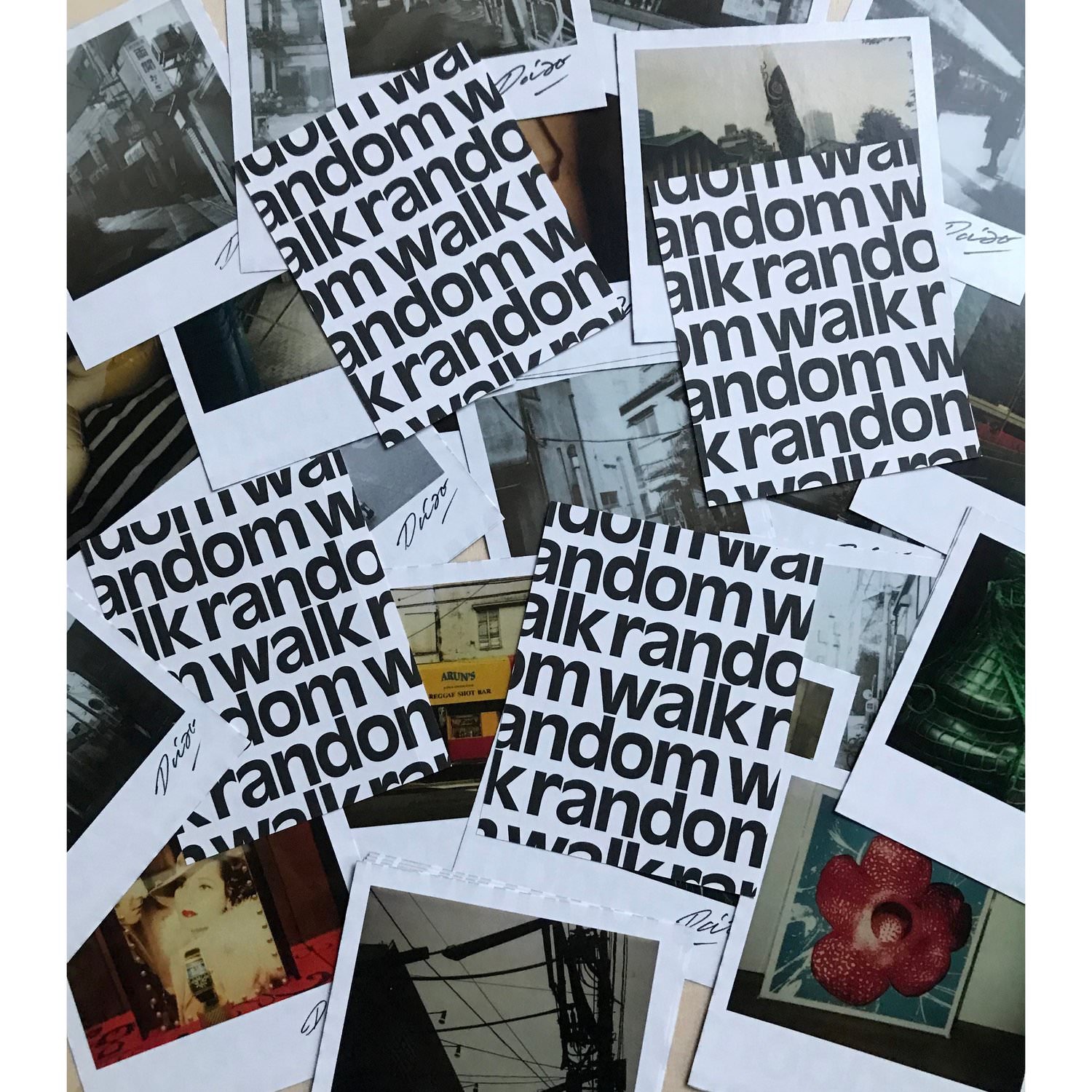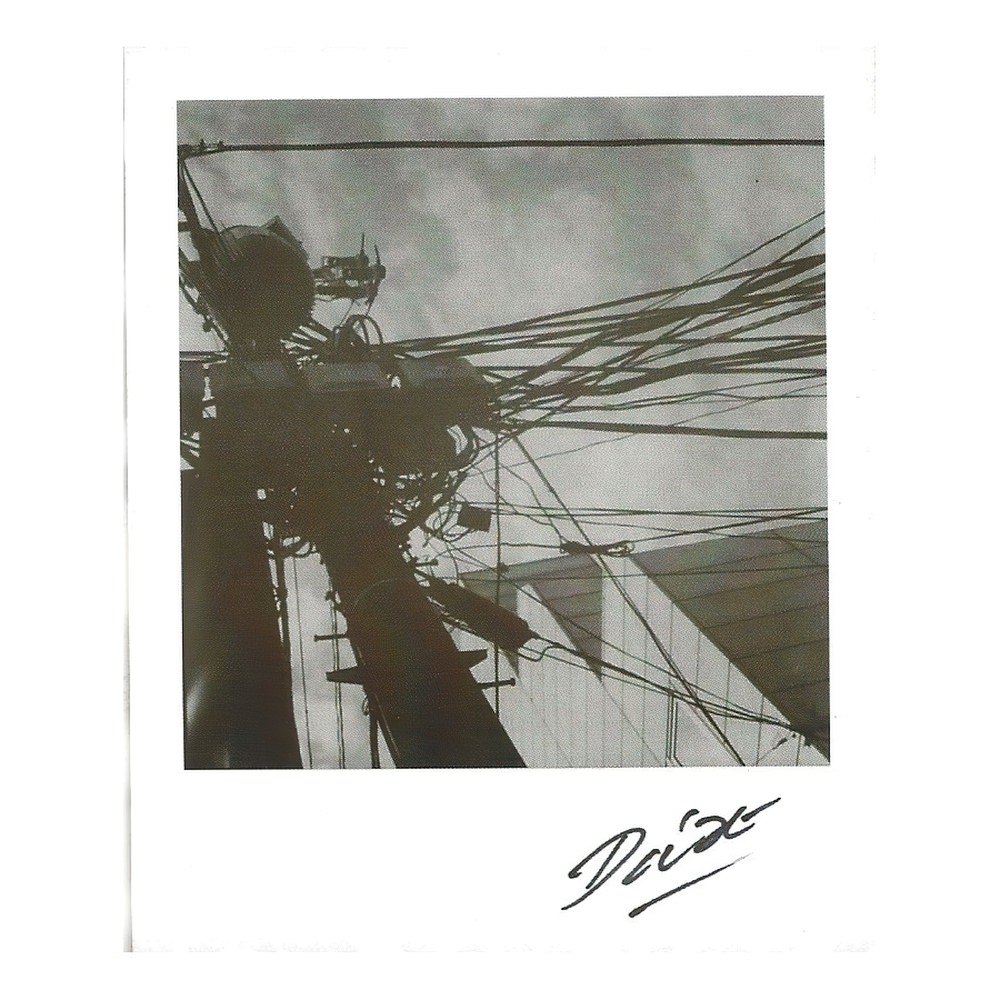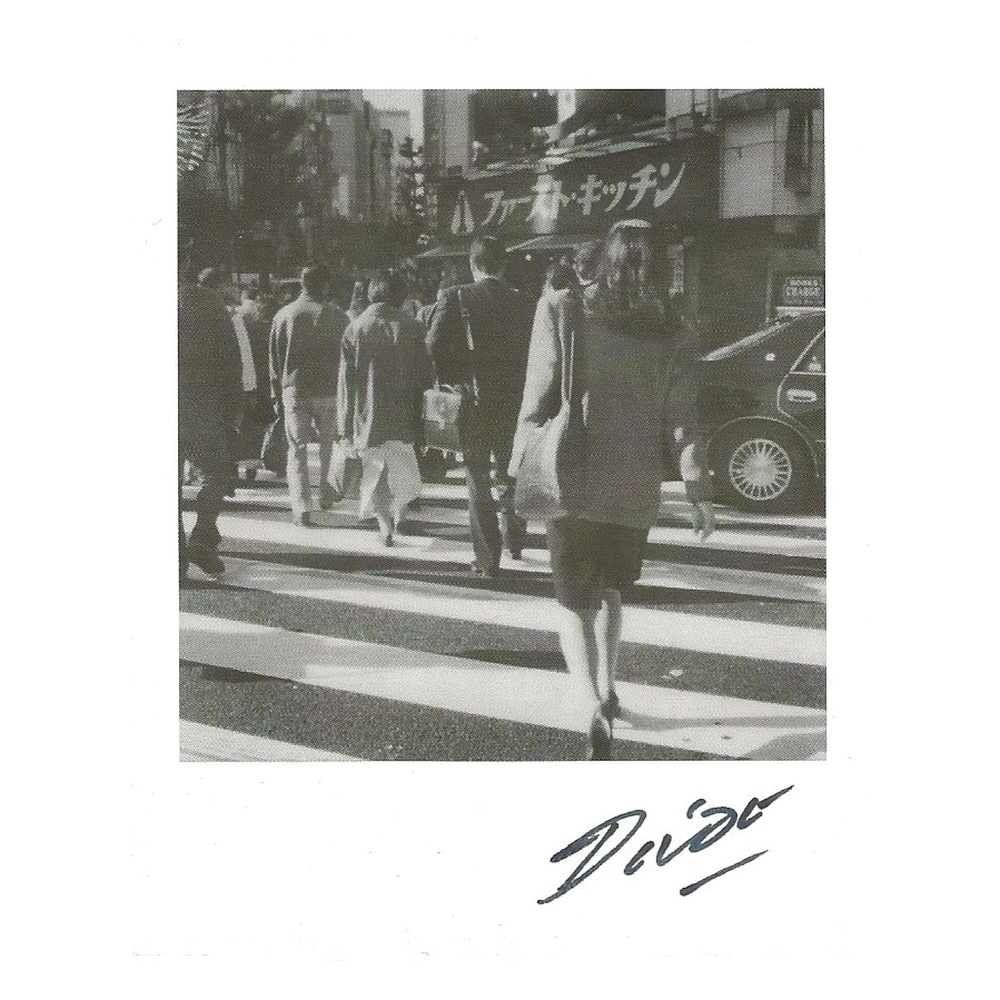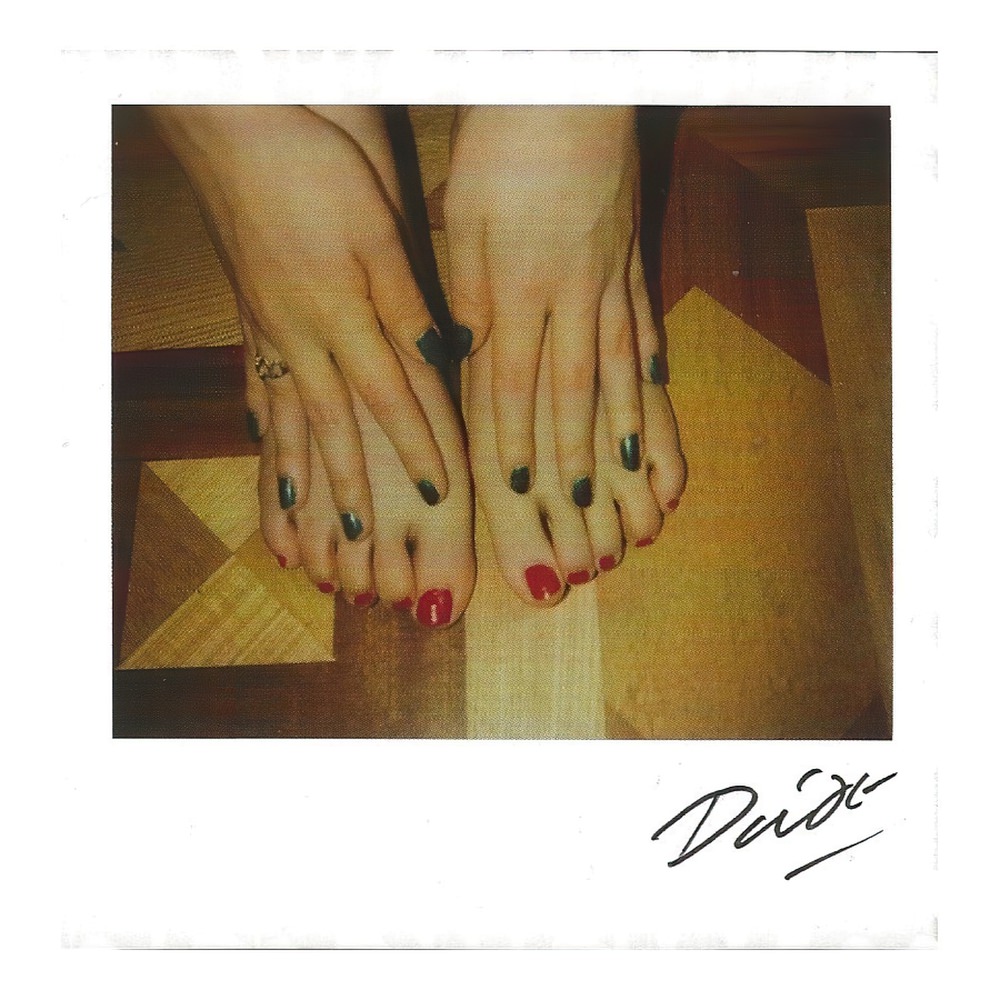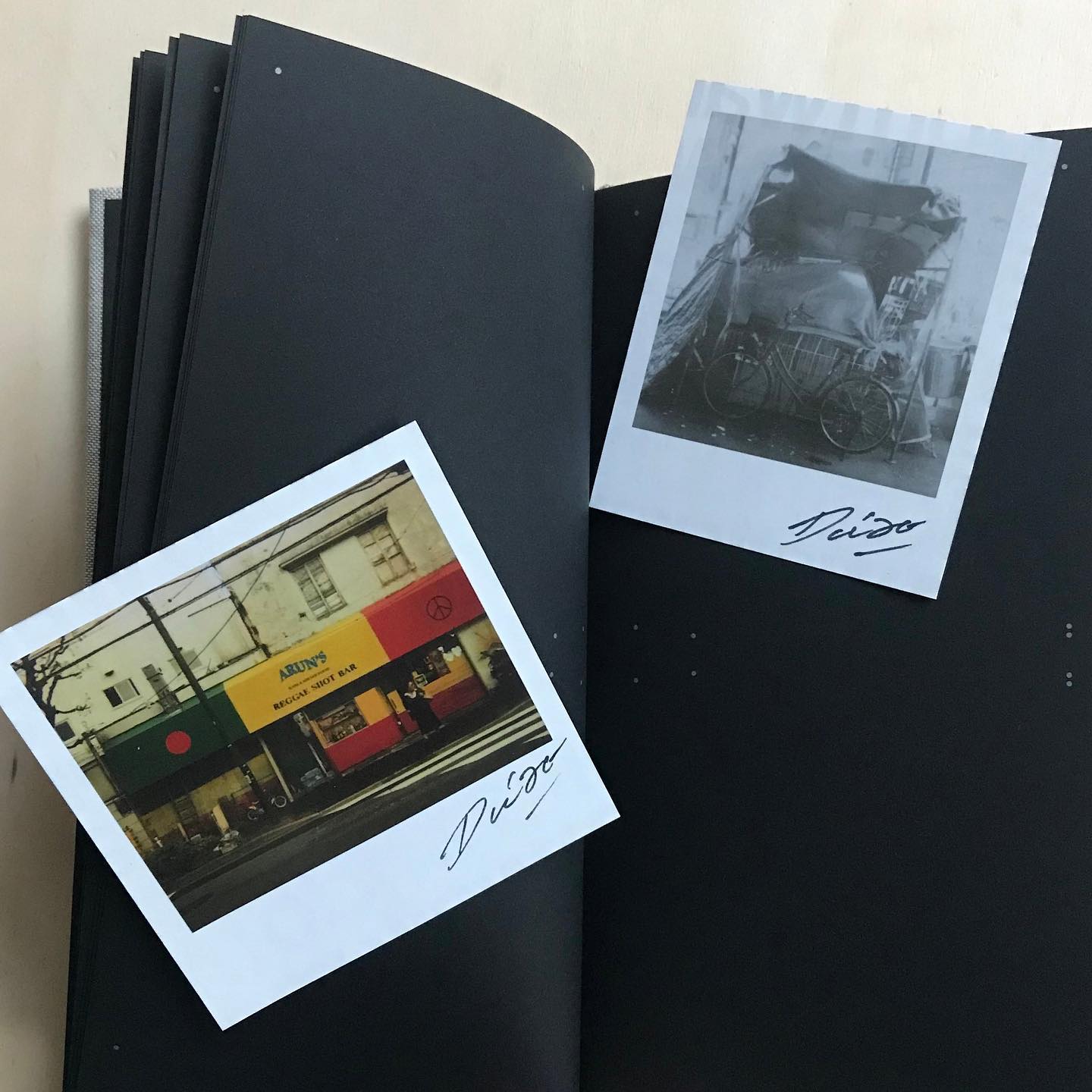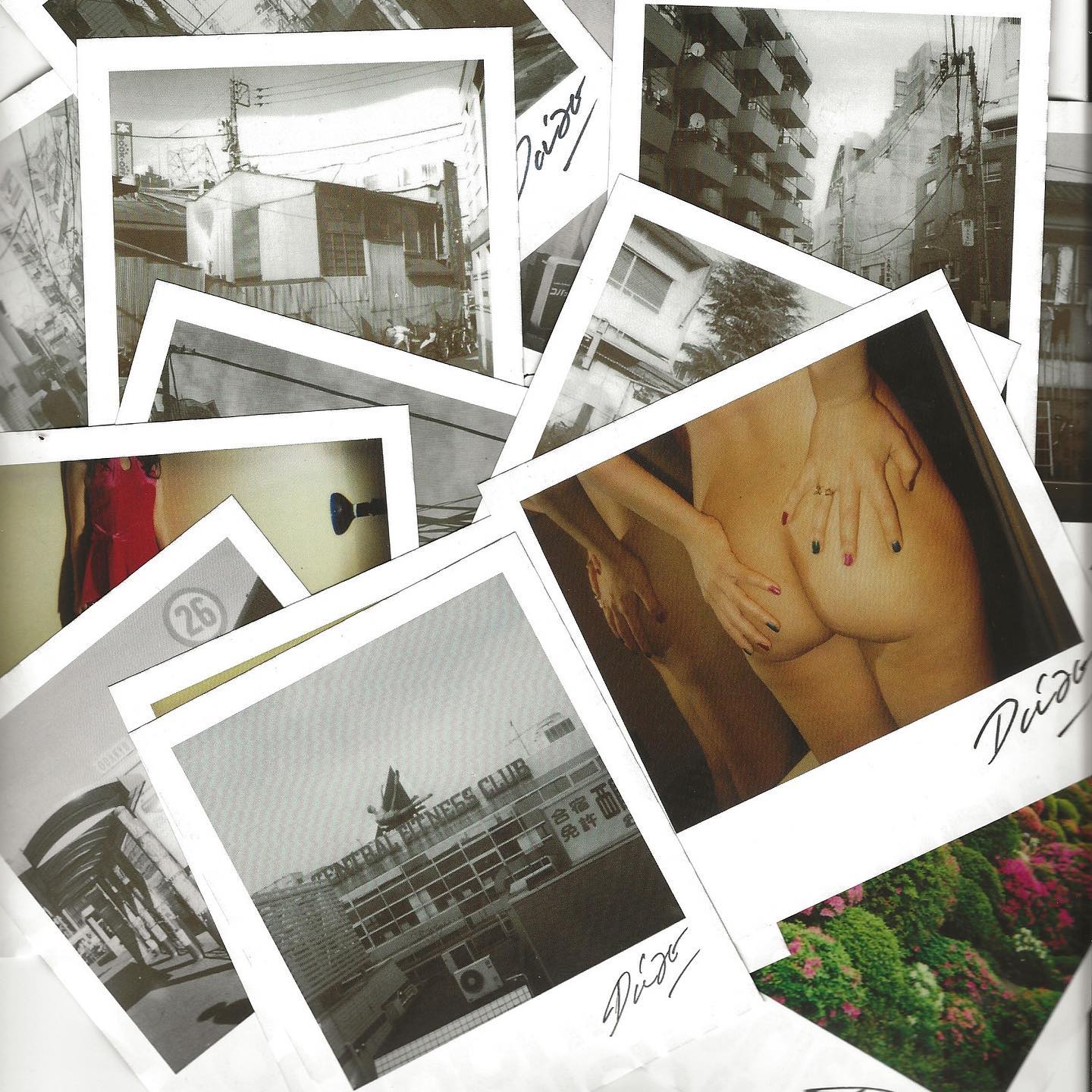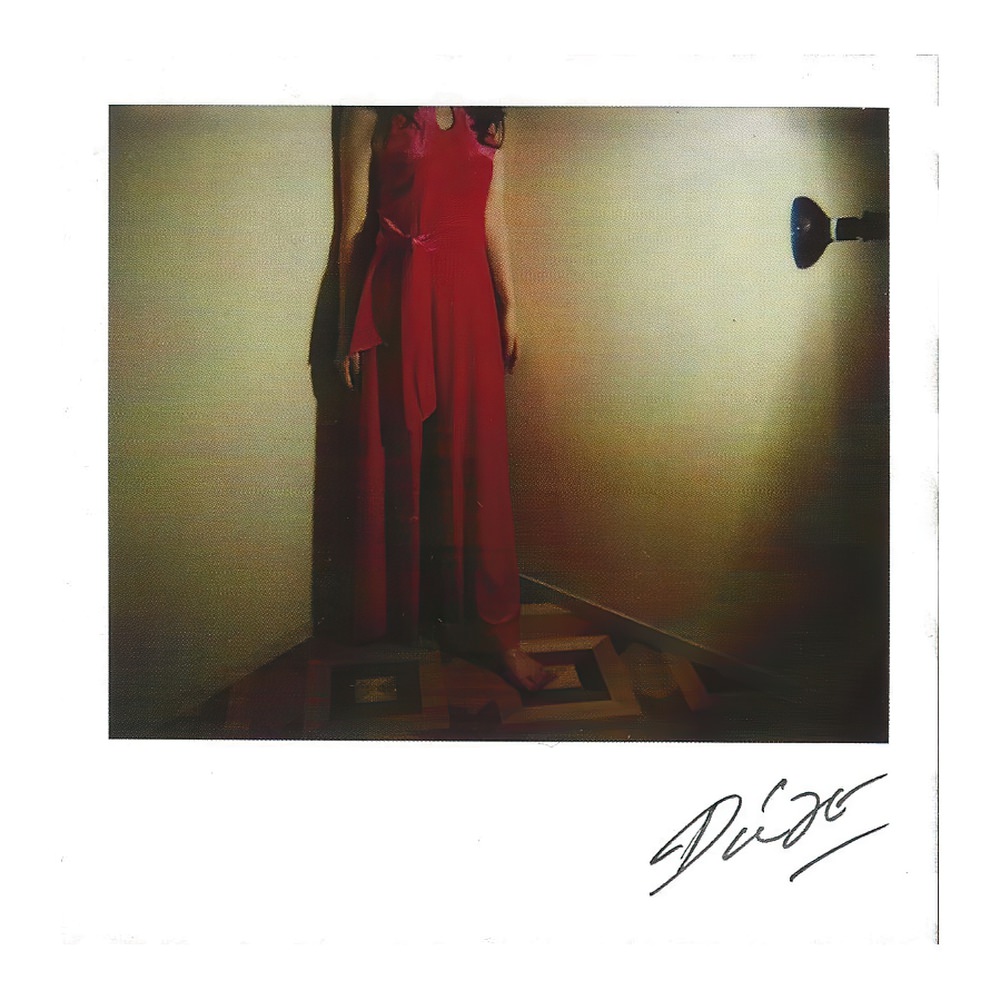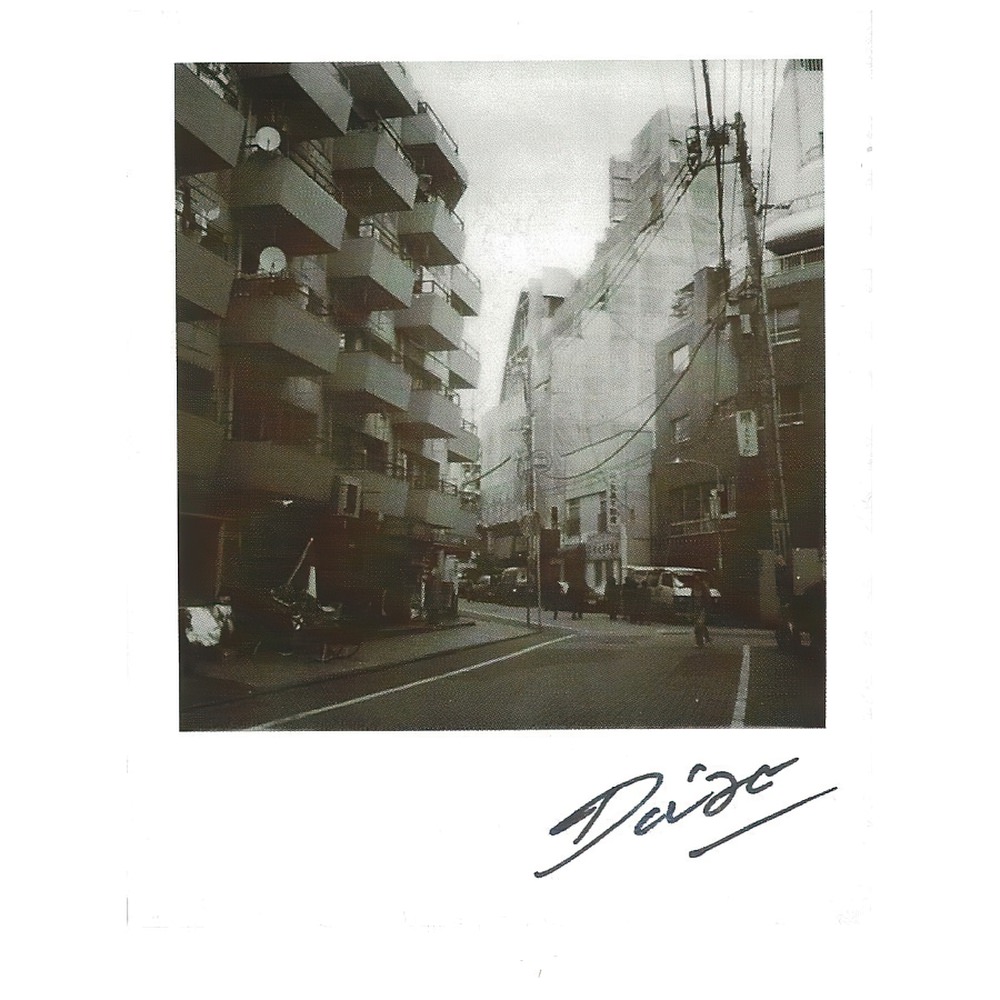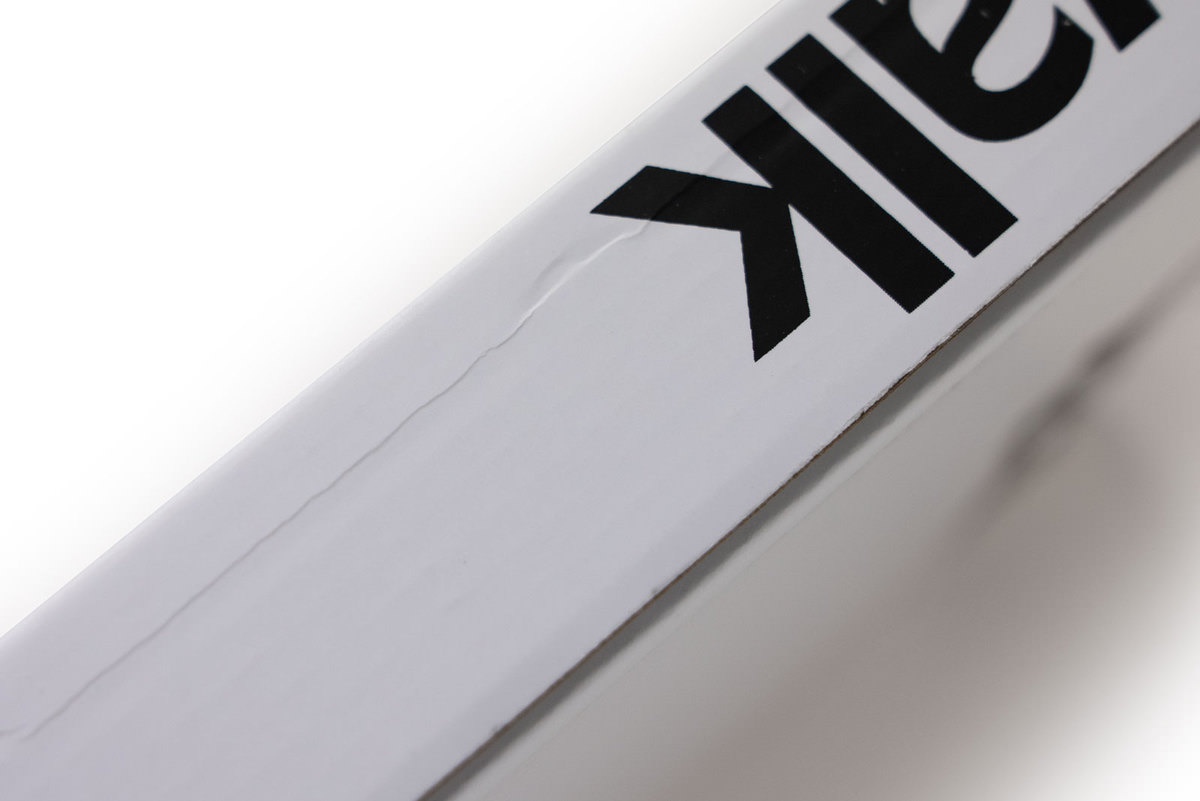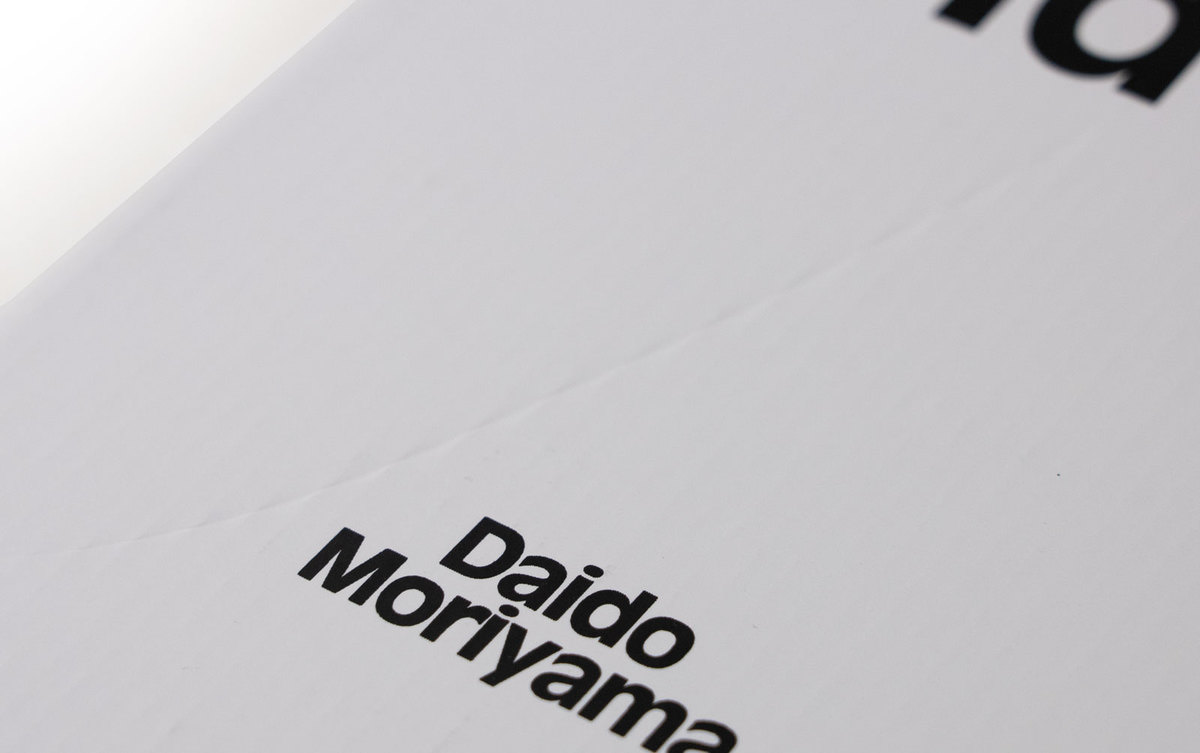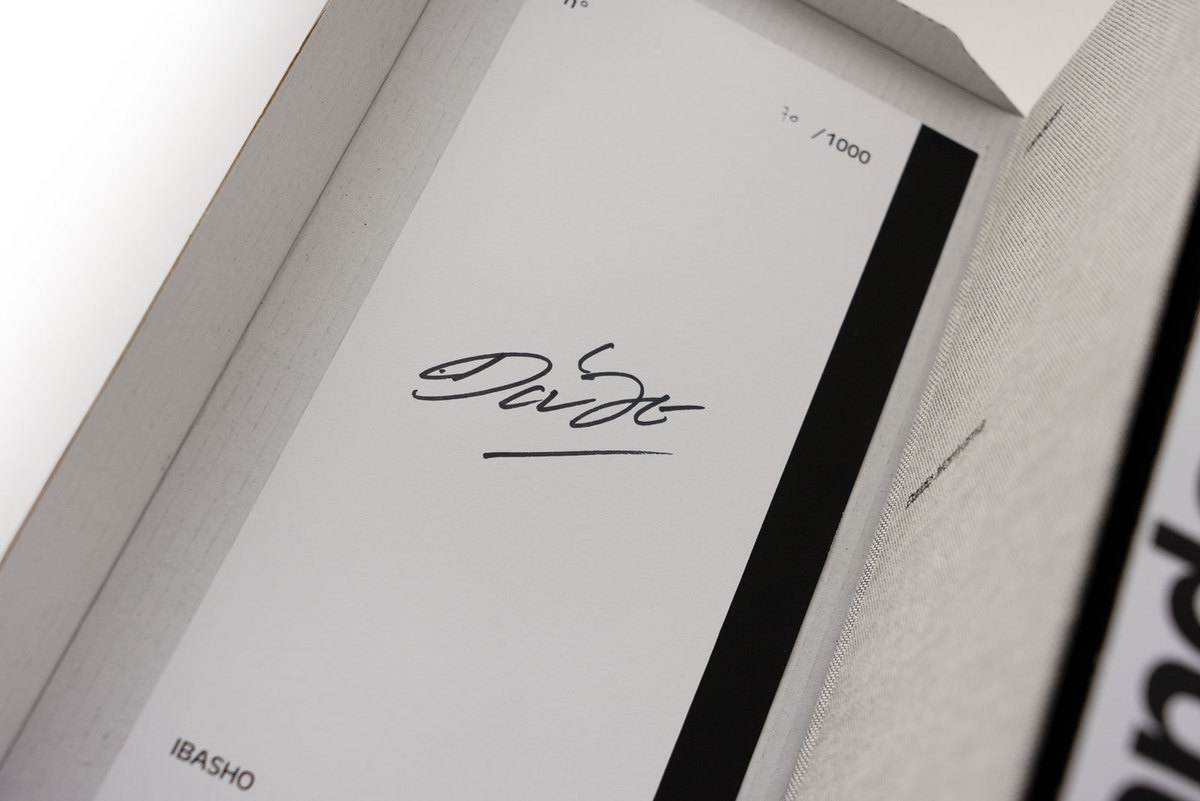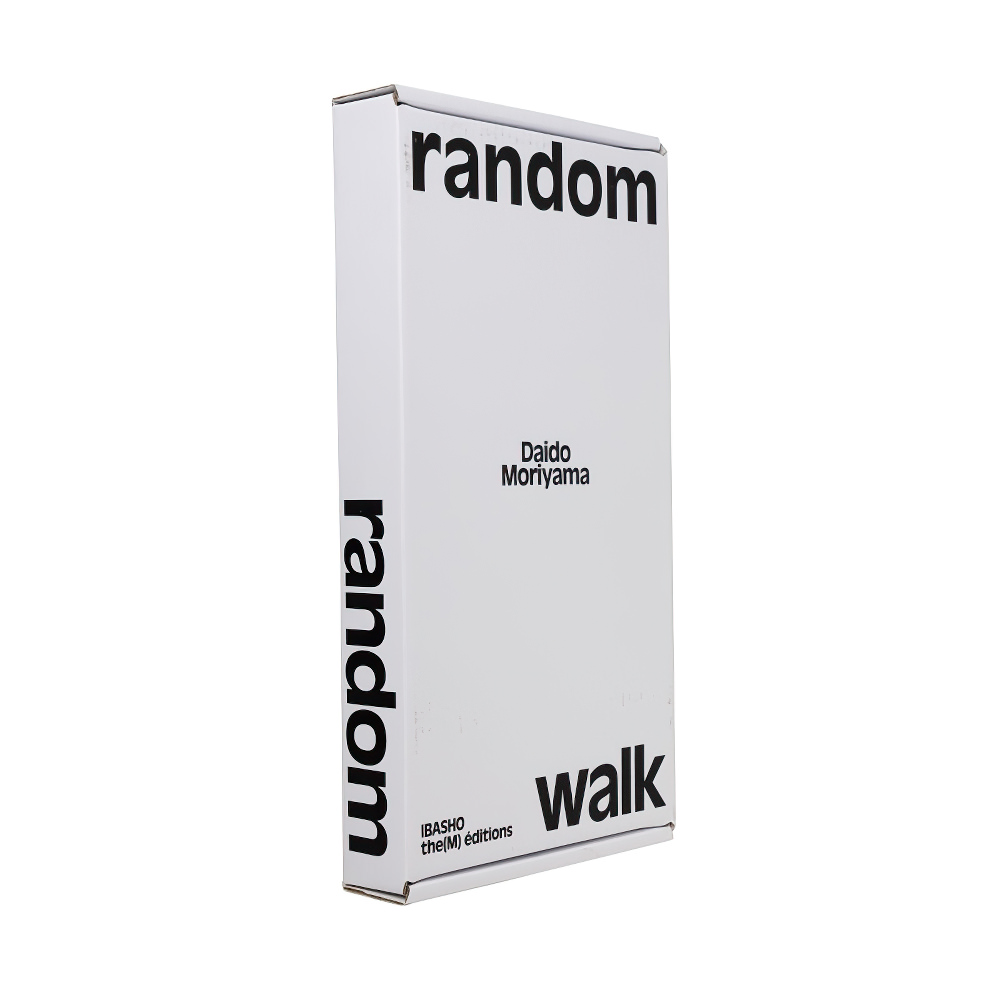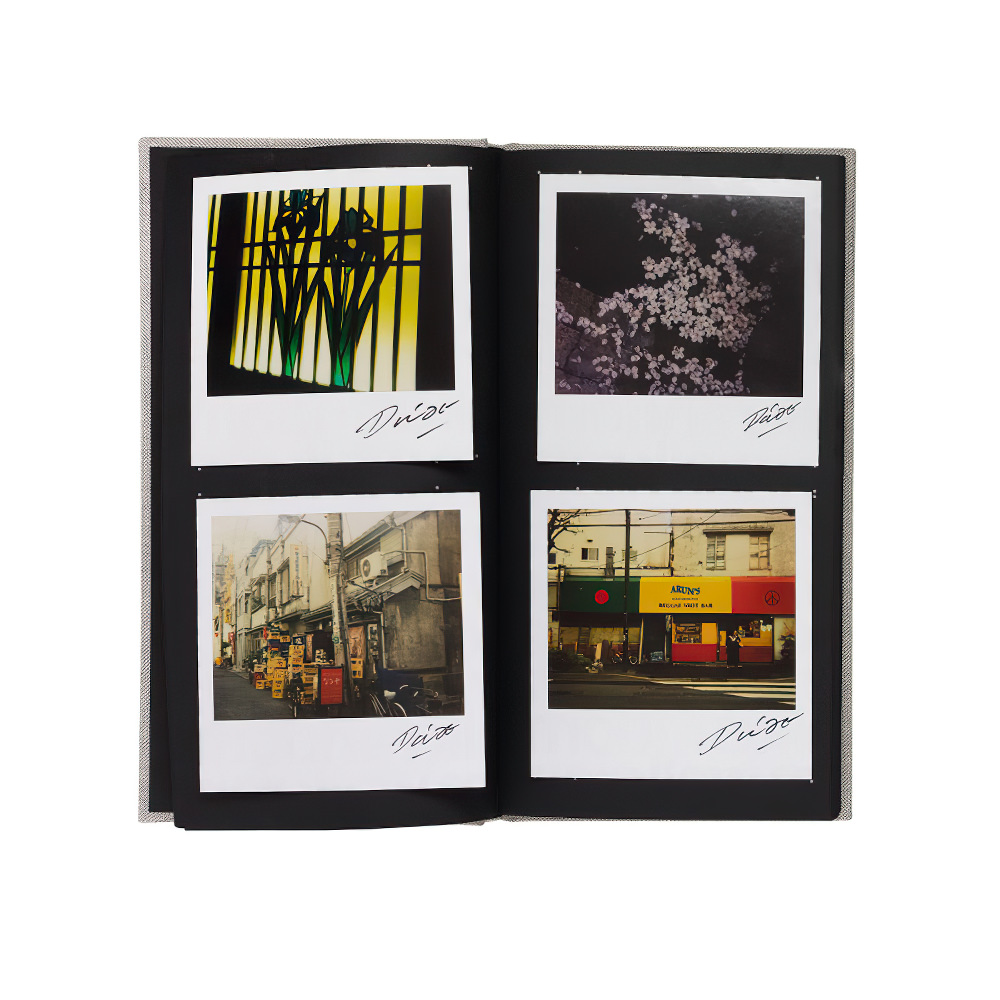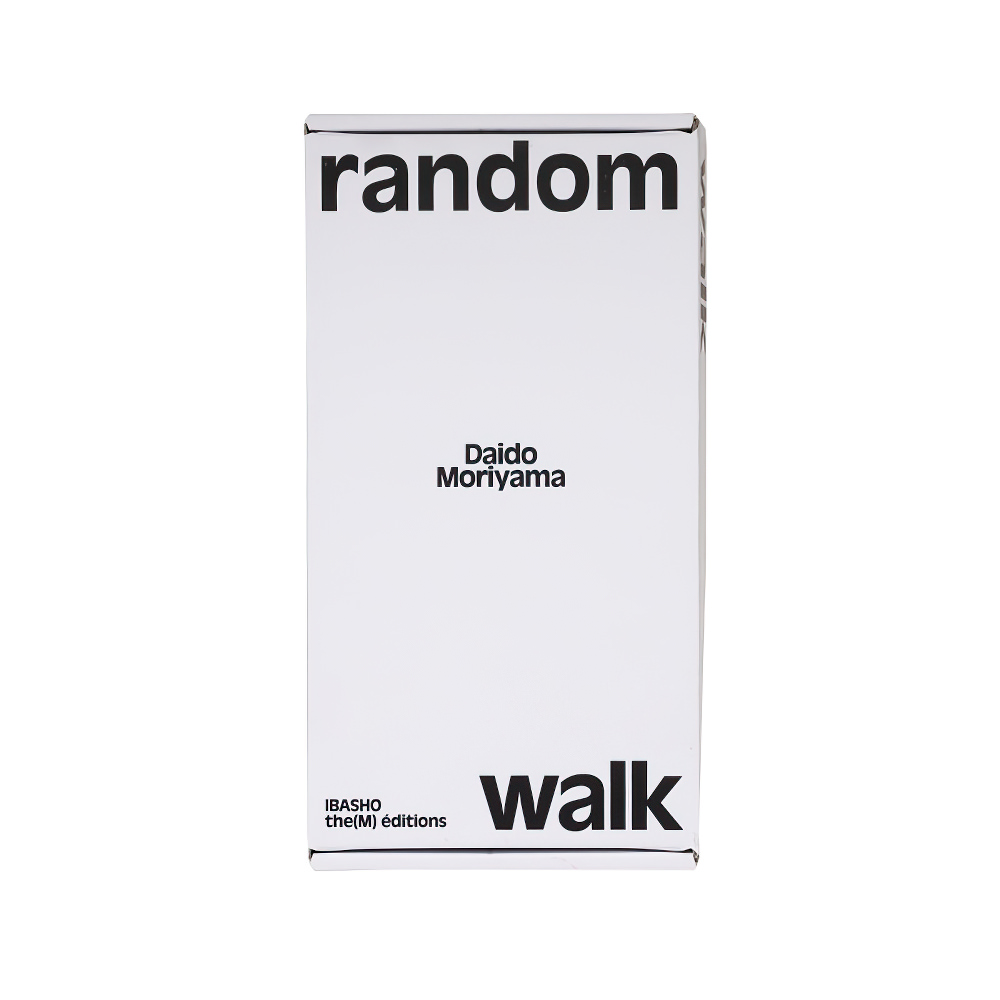Daido Moriyama: Random Walk
Daido Moriyama’s “Random Walk” consists of a blank album and 100 loose polaroid images taken by the Japanese master photographer. The polaroids (62 in black and white, 38 in color) feature scenes shot on the streets of Tokyo (and perhaps other Japanese cities) as well as motifs shot in more private settings, such as a series of images showing a woman’s feet and behind. The polaroids may be enjoyed in any order—a random walk through a day in Moriyama’s life—or permanently arranged in the empty photo album that is part of this box.
“[B]oth my self and other people who look at black and white photographs don’t see only the concrete events they depict, but in my view, these pictures hit us right from the start with their transferred ‘extraordinariness’, instantly stimulate our imaginative understanding of the imagery purified into shades of black and white, and let us experience a different reality through the encounter with the ‘alien world’. This is at least about what attracts me so much about black and white photography.
On the other hand, if you ask me why I take color photographs, especially color Polaroids, I think it is probably because they allow me to directly experience the essence of photography, which is to make copies of the real world. Paradoxically that overly real world captured by color Polaroids takes me to an ‘alien world’.
After all, it seems like when I walk the streets, I am looking for somewhere other than here, in other words, I probably release the shutter only when I feel I have found the entrance to that ‘alien world.’” – from Daido Moriyama’s afterword (included in Japanese & English translation)
About the Author
Daido Moriyama (Japanese, b.1938) is a prolific Japanese artist, well-known as a photographer, graphic designer, and writer. Moriyama was born in Ikeda City, Osaka, Japan. He studied photography at the Takeji Iwamiya studio in Osaka before moving to Tokyo in 1961 to meet the members of VIVO. Moriyama became an assistant to Eikoh Hosoe, and gained access to the Tokyo photo world through this position.
In 1968, Moriyama produced a collection of photographs, Nippon gekijo shashincho, in high-contrast, in which he focused on the indigenous world or the few indigenous things that had not been corrupted by the rapidly industrializing world. Around the same time he produced this collection, he began to draw the attention of many young and aggressive artists, most of them photographers, by becoming involved in the group magazine Provoke. Other artists who also participated in this group magazine project include Koji Tagi, Yutaka Takanashi, Takuma Nakahira, and Takahiko Okada. Apart from Provoke, Moriyama also contributed to other magazines, such as Camera Mainichi, Asahi Journal, and Asahi Camera. His collections of photographs, which portray vivid physical sensibility, are numerous and include Hikari, Karyudo, and Nakaji eno tabi.
Moriyama has an uncanny ability of discovering isolated and often neglected parts of cities and exposing them to the world through his photographs. In addition, most of his photographs, which mainly consist of familiar objects and scenes, are viewed in harsh brilliance. In the 1970s, Moriyama was plagued by personal problems and was not productive in matters of art, only regaining focus in the early 1980s, and even being awarded the Photographer of the Year Award by the Photography Society (Shashin Kyokai). He has exhibited in various institutions, such as the San Francisco Museum of Modern Art in 1999 and the New York Museum of Modern Art in 1974. Moriyama currently lives and works in Tokyo. (via Artnet.com)

